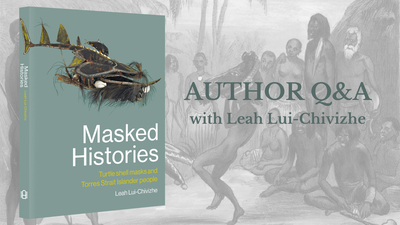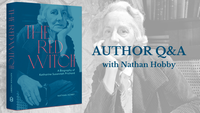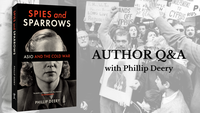Q & A with Leah Lui-Chivizhe—Author of Masked Histories

1 Describe Masked Histories in three words
Three words is hard—I wanted the book to be respectful (of Islander histories and knowledge), engaging and intelligible to a wider audience.
2 What sparked your fascination with Torres Strait Islander turtle shell masks?
I didn’t know about the turtle shell masks until I saw one in a museum when I was in my early 20s. I became mesmerised by the artistry of their making. How they felt to touch added to my fascination and deepened my admiration for their long ago makers. When I started my research, feeling their presence when I finally saw them outside of museum boxes was astounding.
3 What has been the highlight for you in the process of writing and researching?
Seeing and working with the masks in museums in the UK and New York, engaging with the work of contemporary artists and going back to the Torres Strait to be nearby the places where masks were shown to outsiders or used in performances has been the biggest highlight.
Whenever I return to the Torres Strait, I like to walk on the reef at low tide, looking for turtle shell pieces and thinking about the making of the masks and also of their taking. Although the research and writing is done, thinking with turtle and turtle shell masks will stay with me forever.
4 Masked Histories is full of masks and their stories; which did you find most intriguing?
The Kulka mask in chapter 3—it’s such an incredible story.
When the Kulka mask was stolen from Auridh in 1836, the entire island, houses and gardens were burnt to the ground. The mask was taken to Sydney and lodged with the Australian Musuem and was likely in the 1879 Garden Palace exhibition. When a fire destroyed the Garden Palace in 1882, it was thought the Kulka mask had gone up in flames. But it had been exchanged for some Nordic geological specimens—and was in Denmark—where it still is today. I really like that it escaped two fires!
5 Masked Histories is not only about the Turtle Shell masks, but also about the people who created them. Tell us a little about their history and culture?
This is such a big question.
The region we know as the Torres Strait is about 48,000 sq km and 92% is open ocean. Of necessity, Islanders are a maritime people, who over hundreds, perhaps several thousand years developed detailed knowledge and practices for navigating the ocean using the winds, stars, as well as animal and plant cycles and were able to manage and influence the bounty of the sea. They created trade networks connecting islanders across the Strait and into northern Australia and coastal PNG.
6 What message about Torres Strait Islander turtle shell masks do you hope to leave with readers?
The masks are keepers of cultural and ecological knowledge. They ‘hold’ or are the keepers of histories of migration, of spiritual beliefs and practices and of the relationships between Islanders and turtles.



